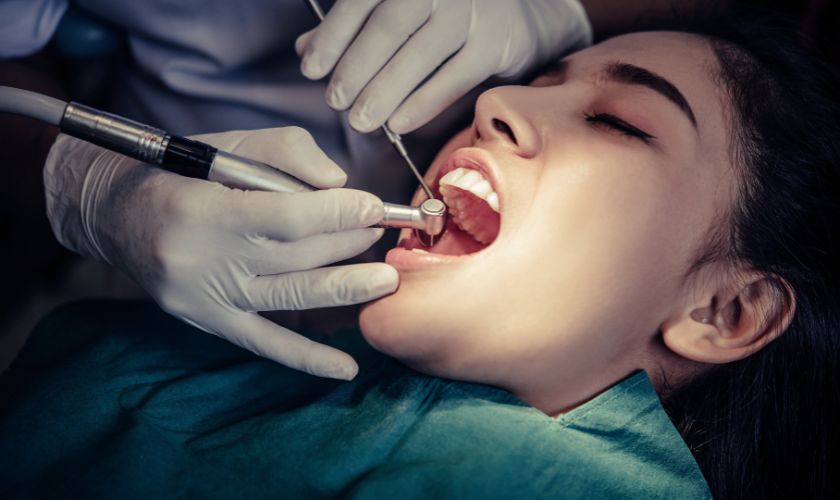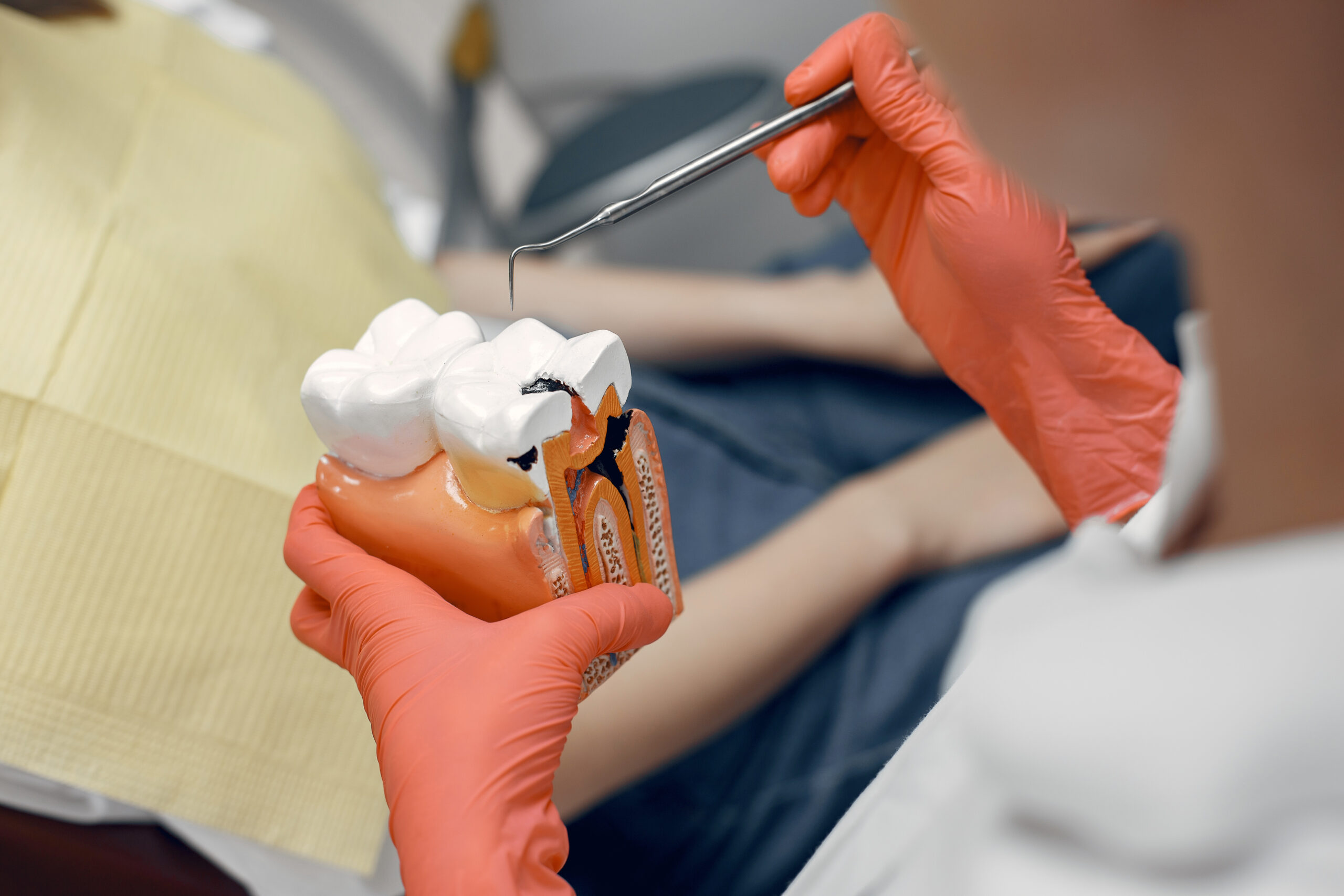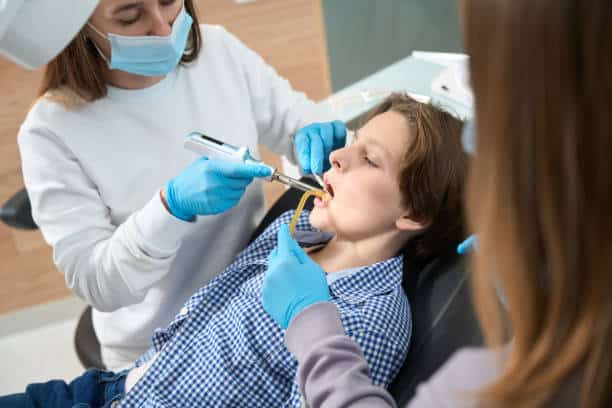Top Family, Cosmetic and Implant Center In 537 Amherst St, Nashua, NH 03063
When Can You Eat Solid Food After Wisdom Tooth Extraction?

Wisdom teeth Extraction, a rite of passage for many, often leaves us craving a return to the joys of solid food. But navigating the post-extraction recovery, especially when it comes to dietary choices, can be confusing. While the internet offers a plethora of information, not all websites delve into the nuances of incorporating solid food back into your diet. We’ll explore the ins and outs of eating solid food after wisdom tooth extraction, including lesser-known tips and expert advice from Advanced Family Dentistry Nashua.
Understanding the Recovery Process
Before diving into when you can eat solid food After wisdom tooth extraction, it’s crucial to understand the recovery process. While every individual’s healing timeline may vary, it typically takes around 7 to 10 days for the initial recovery period. During this time, your mouth will be sensitive, and proper care is essential to prevent complications such as infection or a dry socket.
When Can You Eat Solid Food After Wisdom Tooth Extraction
First, let’s establish the general timeline. Most sources, including the American Association of Oral and Maxillofacial Surgeons (AAOMS), recommend sticking to soft foods for the first 24-48 hours following extraction. This allows the extraction site to heal undisturbed and minimizes the risk of dislodging the blood clot, a crucial element for proper healing.
Days 1-2: Liquid Bliss
Imagine a world of smoothies, soups, and yogurt. That’s your reality for the initial 48 hours. These soft, easily digestible options minimize discomfort and avoid dislodging the blood clot crucial for healing.
Days 3–4: Soft and Smooth Sailing
As the numbness fades, you can graduate to soft, mashed foods like applesauce, mashed potatoes, and scrambled eggs. Chewing is still minimal, allowing your extraction site to heal peacefully.
Days 5-7: Testing the Waters of Solid Foods
This is where the gray area begins. Some patients might feel comfortable introducing well-cooked, soft solids like steamed fish, pasta, and cooked vegetables. Listen to your body! If chewing causes pain or discomfort, stick to soft foods until things settle down.
Day 7: A Gradual Return to Normality
By now, most patients are ready to gradually reintroduce solid foods. Start with soft, non-sticky options and avoid anything hard, crunchy, or chewy. Think grilled chicken, soft bread, and cooked fruits. Remember, patience is key. Rushing back to your pre-extraction diet can disrupt healing and cause complications.
A 2018 study published in the Journal of Oral and Maxillofacial Surgery found that patients who followed a soft diet for 7 days after wisdom teeth removal had a lower risk of complications compared to those who transitioned to solid food earlier.
A 2020 review published in the Journal of the American Dental Association (ADA) reported that dry socket, a painful complication caused by blood clot dislodgement, occurs in 2–5% of wisdom tooth extraction cases. Sticking to a soft diet can significantly reduce this risk.
Soft food vs. Solid food
While the “solid vs. soft” debate is hot, there are other nutritional factors that should be considered as well:
- Temperature: Opt for lukewarm or cool foods, as hot foods can irritate the extraction site.
- Texture: Avoid foods that are crumbly, sticky, or stringy, as they can get lodged in the extraction site and disrupt healing.
- Spice: Spicy foods can irritate sensitive tissue, so proceed with caution.
- Hydration: Drink plenty of fluids to aid healing and prevent dehydration.
Recommended Solid Foods
When reintroducing solid foods, opt for soft, easy-to-chew options to avoid putting unnecessary strain on your healing gums. Some recommended solid foods include:
- Scrambled eggs
- Cooked vegetables (e.g., steamed carrots)
- Soft fruits (e.g., bananas)
- Pasta
- Tender meats (e.g., shredded chicken)
Chewing slowly and avoiding foods that require excessive chewing can help prevent discomfort during this period.
Tips for Eating Solid Foods After Extraction
Here are some additional tips for a smooth transition to solid food:
- Start with small bites and chew thoroughly: This reduces the stress on the extraction site.
- Cut your food into bite-sized pieces: This minimizes the need for extensive chewing.
- Use the opposite side of your mouth to chew: This helps avoid disturbing the extraction site.
- Maintain good oral hygiene: Brush and floss gently, being mindful of the extraction site.
In conclusion, while the thought of eating solid food after wisdom tooth extraction may seem daunting, with proper care and patience, you can navigate this phase smoothly. By understanding the recovery process, following recommended diet guidelines, and incorporating advanced tips, you’ll be back to enjoying your favorite foods in no time. If you have any concerns or questions, don’t hesitate to reach out to Advanced Family Dentistry Nashua for expert advice and support.
A: The timeframe varies depending on individual healing. Most patients can start introducing soft solids around days 5-7, but a complete transition to regular solid food might take up to 2 weeks.
A: Focus on soft, easily digestible options like mashed potatoes, yogurt, soups, and well-cooked vegetables. Gradually introduce soft solids like steamed fish and cooked pasta as your mouth heals.
A: Steer clear of hard, crunchy, or sticky foods like nuts, popcorn, and pizza crust. These can irritate the extraction site and dislodge the blood clot. Avoid spicy and acidic foods, which can cause discomfort.
A: Dry socket symptoms include severe pain, a foul odor from the extraction site, and delayed healing. If you suspect a dry socket, contact your dentist immediately.




